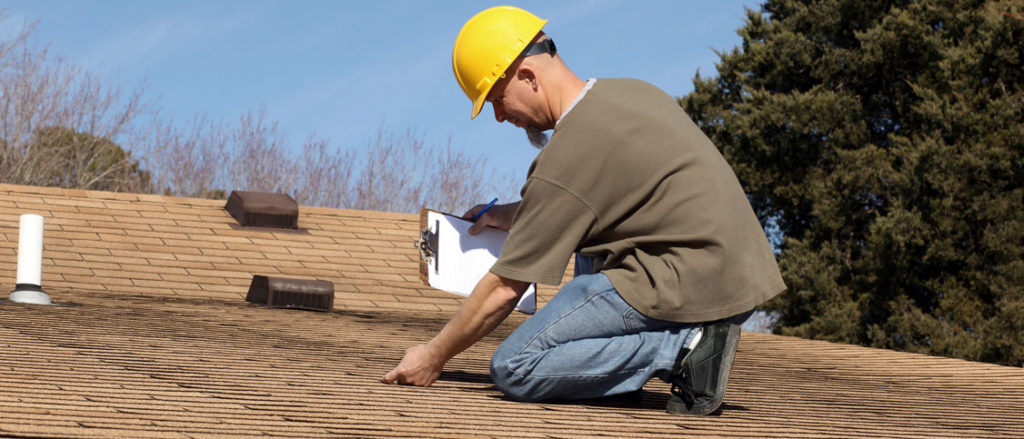When it comes to maintaining the safety and integrity of one’s home, the roof is one of the most important components to think about. Proper roofing practices not only protect the property from the elements but also make certain the safety of those who work on or live under it. If you are a homeowner looking to understand certain signs that indicate a roof replacement or a professional roofer navigating the best safety measures, knowing the basics of roofing safety can make all the difference.
From recognizing when it’s the right time for a new roof to choosing the materials and understanding all the complexities of installation and repair, this guide will deepen your knowledge on roofing safety for both homeowners and professionals alike. This article will discuss various aspects such as a lifespan of different roofing materials, the significance of regular inspections, and strategies to handle storm damage effectively. By being informed and proactive, you can safeguard your investment and prolong the life of your roof while ensuring a safe working environment for roofing professionals.
Comprehending Roof Construction
As regarding roofing, grasping one's individual needs is crucial for maintaining the quality of your home. Property owners should initially assess the current condition of their roof, considering factors such as age, substance, and any apparent damage. Frequent inspections are key in detecting future issues early, allowing for swift repairs or replacements. Knowing the average lifespan of your roof material, be it shingles, metal, or tiles, will also guide you in making knowledgeable decisions about maintenance and replacement.
Another important factor is recognizing the signs that indicate it may be time for a replacement roof. These signs can vary from broken shingles and leaks to significant deterioration. It is recommended to have a specialist conduct a thorough inspection if you notice any alarming signs. Familiarizing yourself with common roofing problems can also help you make better decisions when it comes to repairs or looking for professional help.
Lastly, knowing the diverse roofing materials available and their respective benefits will enable you to choose the best option for your home. Factors such as environment, aesthetic preferences, and budget play a crucial role in this selection process. By educating yourself on the various types of roofing materials, you can guarantee both the longevity of your roof and the total value of your home.

Roof Setup and Care
The roof setup procedure is a vital step in guaranteeing the endurance and effectiveness of your roofing system. For homeowners, it is crucial to comprehend the steps involved and the resources that will best suit their requirements. Choosing the right time for a roof replacement can significantly impact costs and the overall condition of the house. Factors such as the duration of the current material, local weather conditions, and any evidence of deterioration or harm should inform this choice. Engaging with experienced roofing professionals can help ensure that the installation meets all necessary safety protocols and construction regulations.
Routine maintenance is crucial for extending the life of any roofing system. Homeowners should conduct routine inspections to identify potential issues early on, such as absent tiles or indications of degradation that could result in leaks. Seasonal upkeep chores, such as cleaning gutters and inspecting for ice blockages, are essential for preventing damage during adverse weather conditions. Keeping the attic well-ventilated also plays a major part in extending a roof's durability, as adequate ventilation helps minimize moisture accumulation.
In addition to routine maintenance, understanding when to request fixes is key to preventing costly overhauls. Homeowners should be vigilant for common problems, such as warped tiles or mold growth, and resolve them quickly. If the damage is severe, it might be more practical to consider a complete roof replacement. Being aware of the warning signs, such as ceiling water marks or a drooping roof edge, will enable homeowners to take proactive measures, ensuring their homes remain safe and protected.
Protection and Climatic Protection
Ensuring protection during roof tasks is vital for not only property owners and contractors. The appropriate safety gear, such as helmets, harnesses, and non-slip footwear, assists prevent accidents on the job. It is important to adhere to proper safety protocols, especially when working at elevated positions. Getting acquainted yourself with regional laws and protection standards offers extra safeguarding and ensures that all roofing projects is performed safely.
Weather conditions can greatly affect roofing tasks. Local roofers Kearney NE is important to monitor meteorological forecasts and avoid working in harsh heat, high breezes, or rain, as these can lead to accidents and compromised roofing stability. Timing roofing projects during favorable weather conditions not only guarantees the safety of workers but also enhances the quality of the installation or repair.
Furthermore, implementing effective weather protection strategies aids prolong the duration of your roof. Using Recommended Site -quality materials crafted to withstand various climatic challenges, such as high winds or heavy rain, is essential. Regular checks and maintenance also play a key role in identifying possible issues before they grow, helping to strengthen your roof against harsh climate factors.
